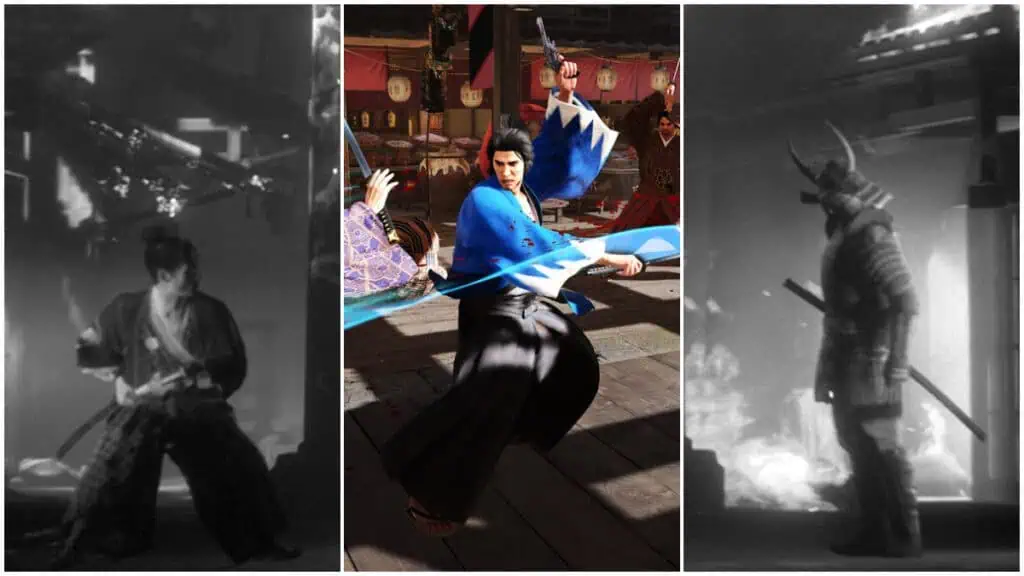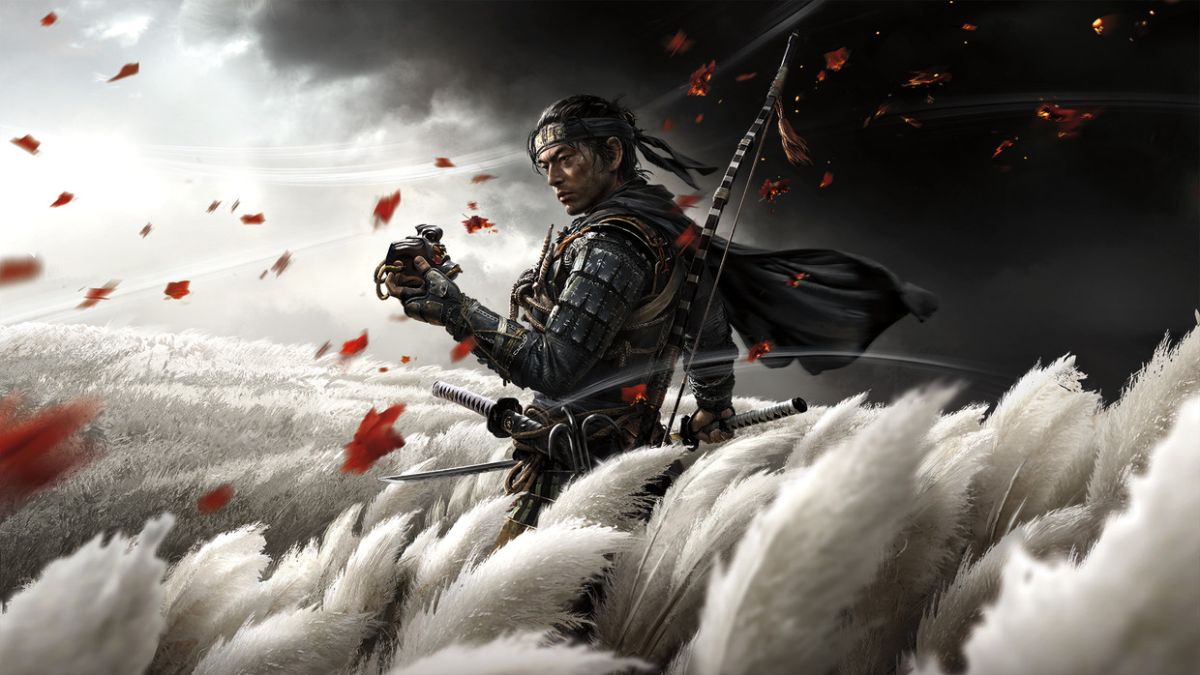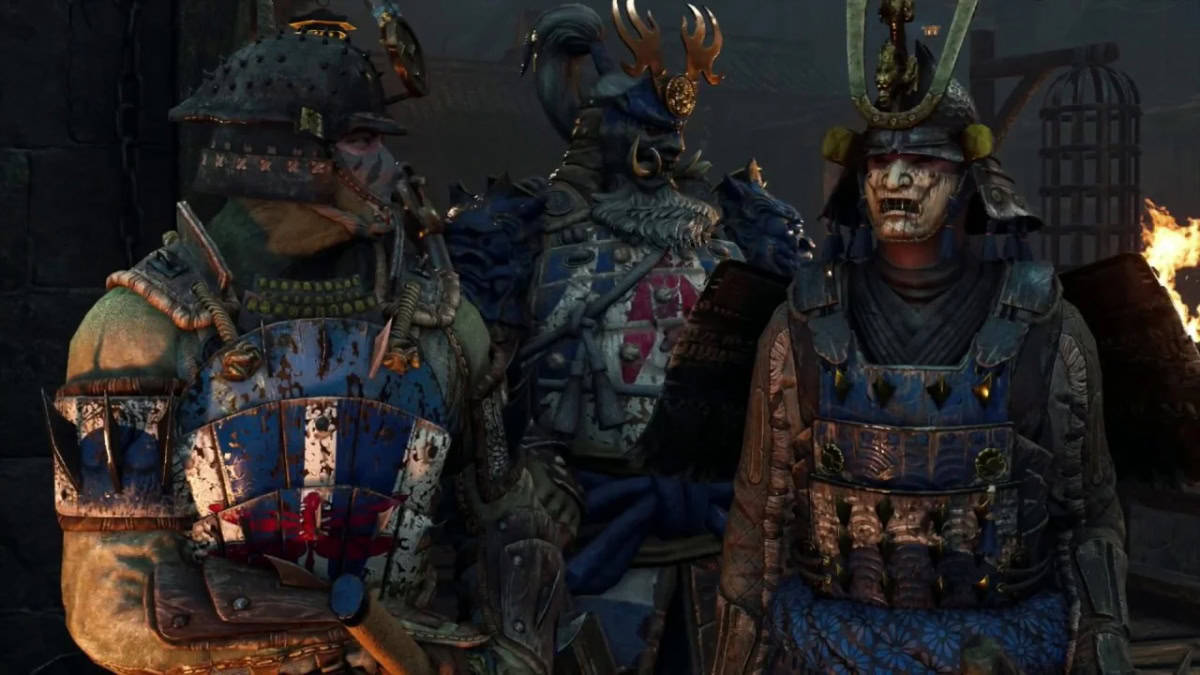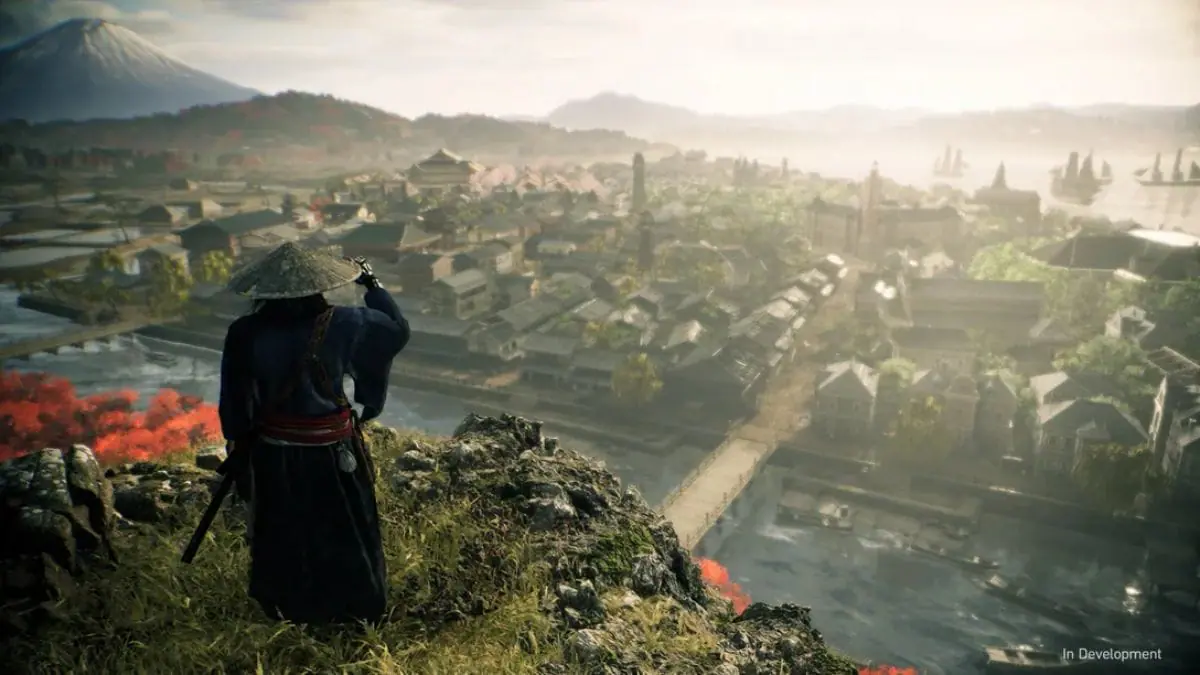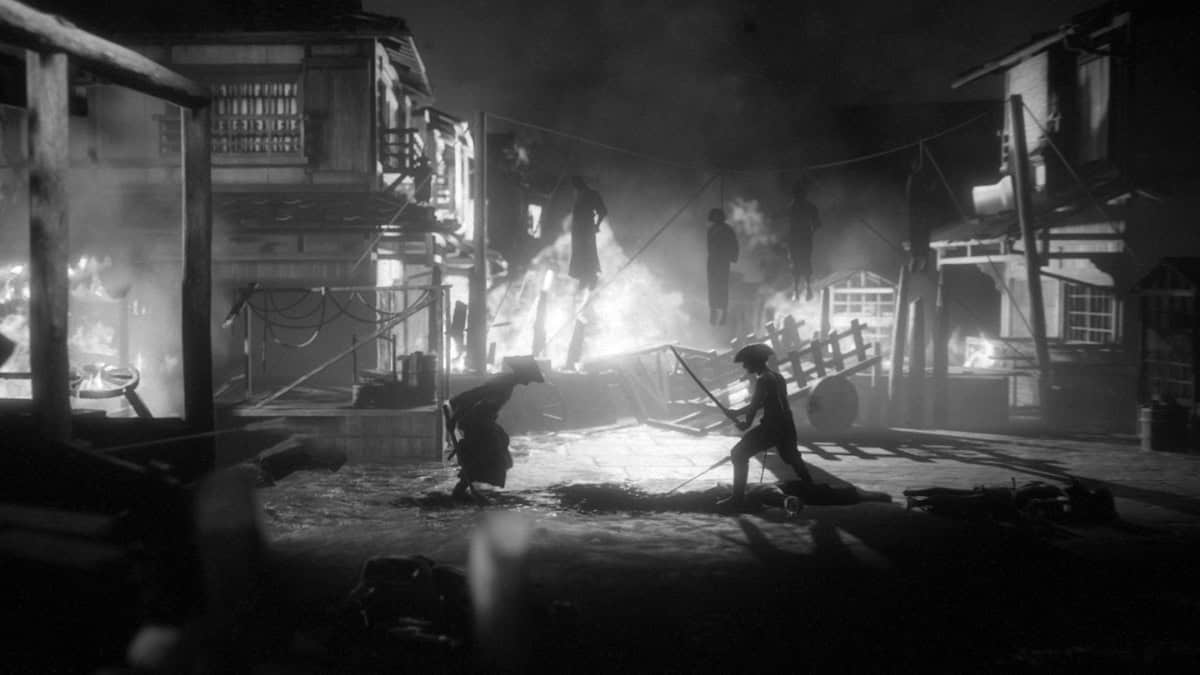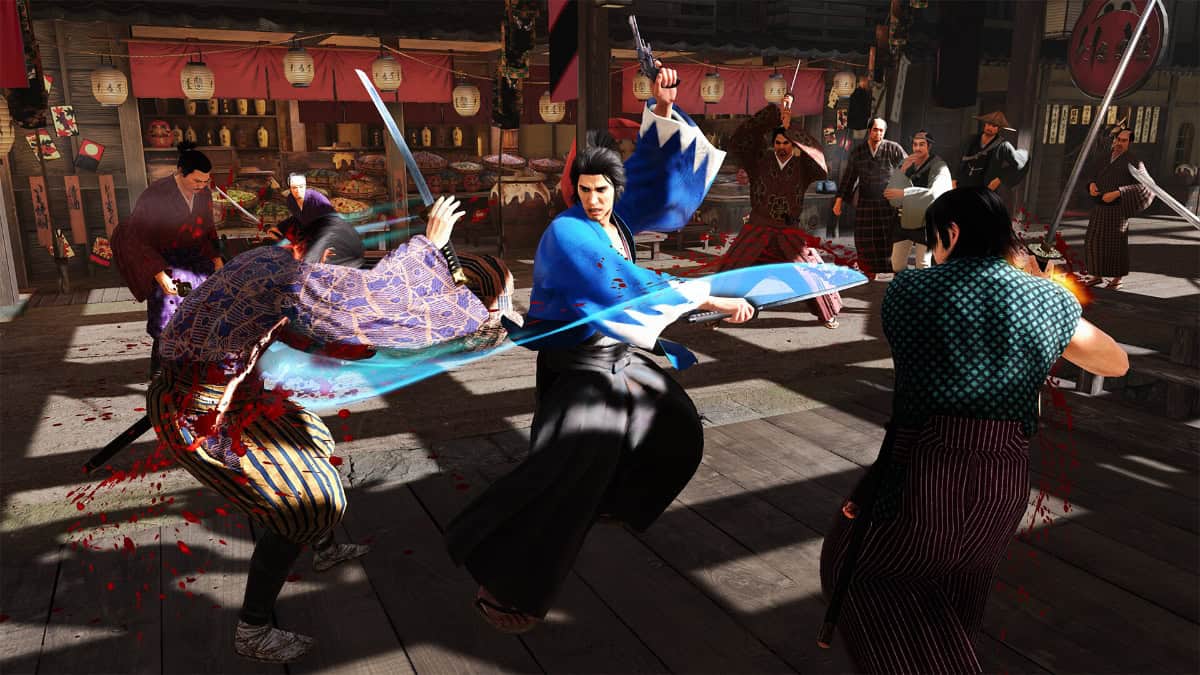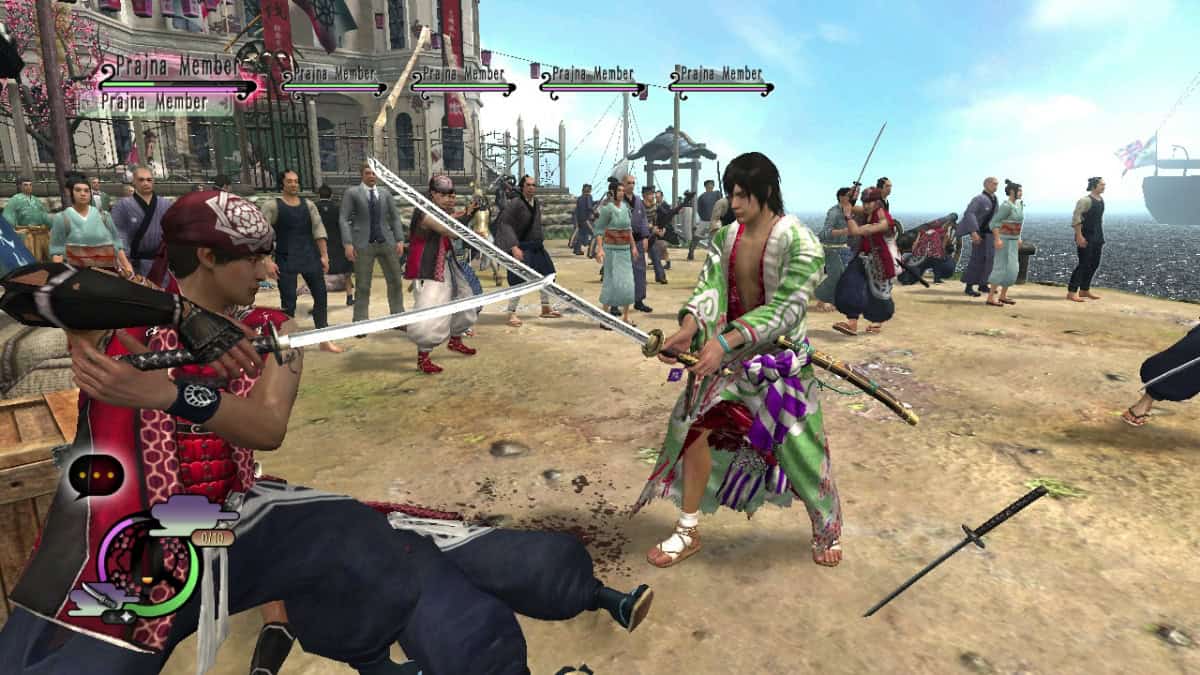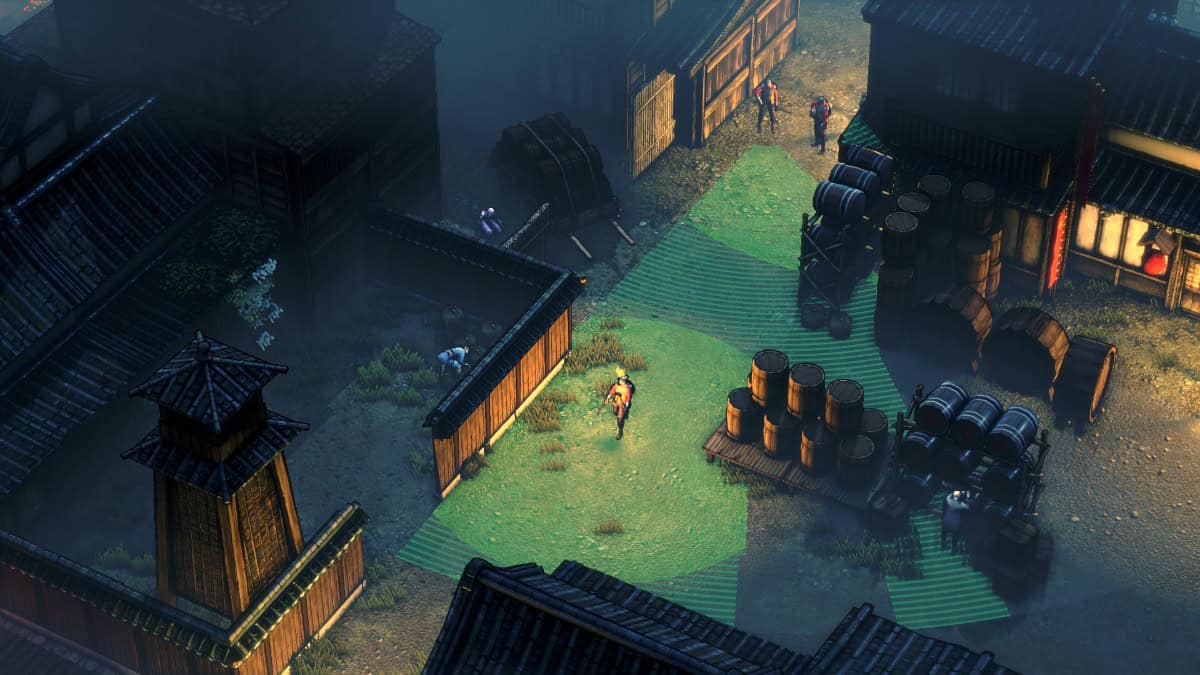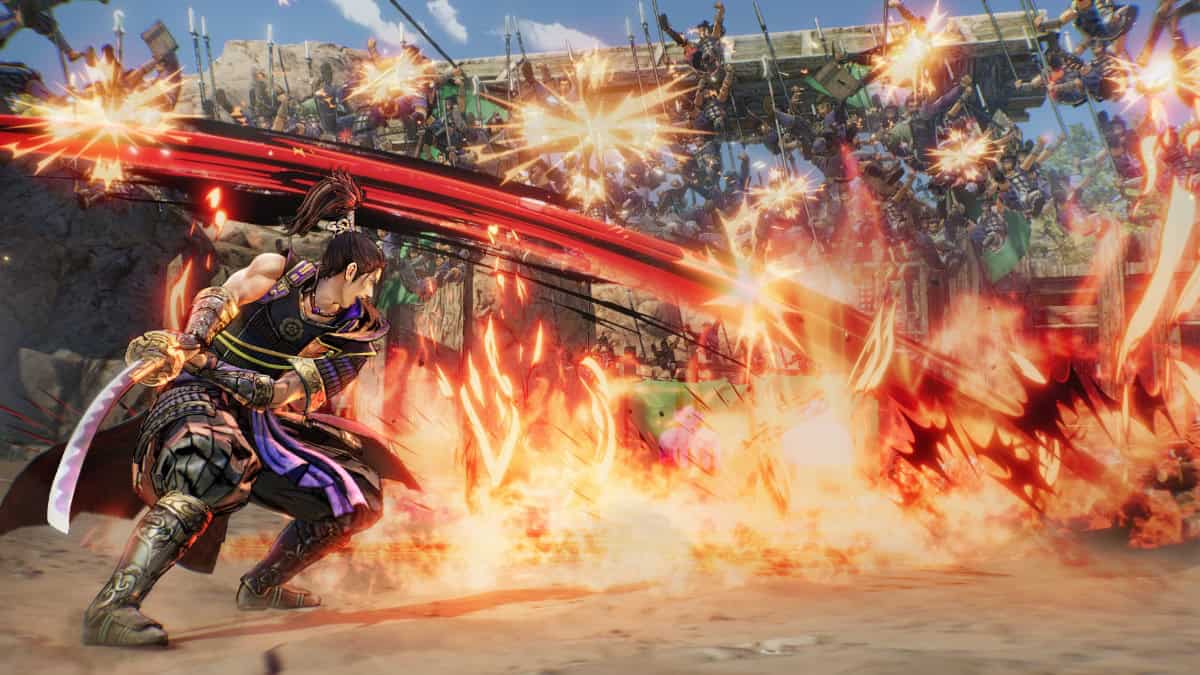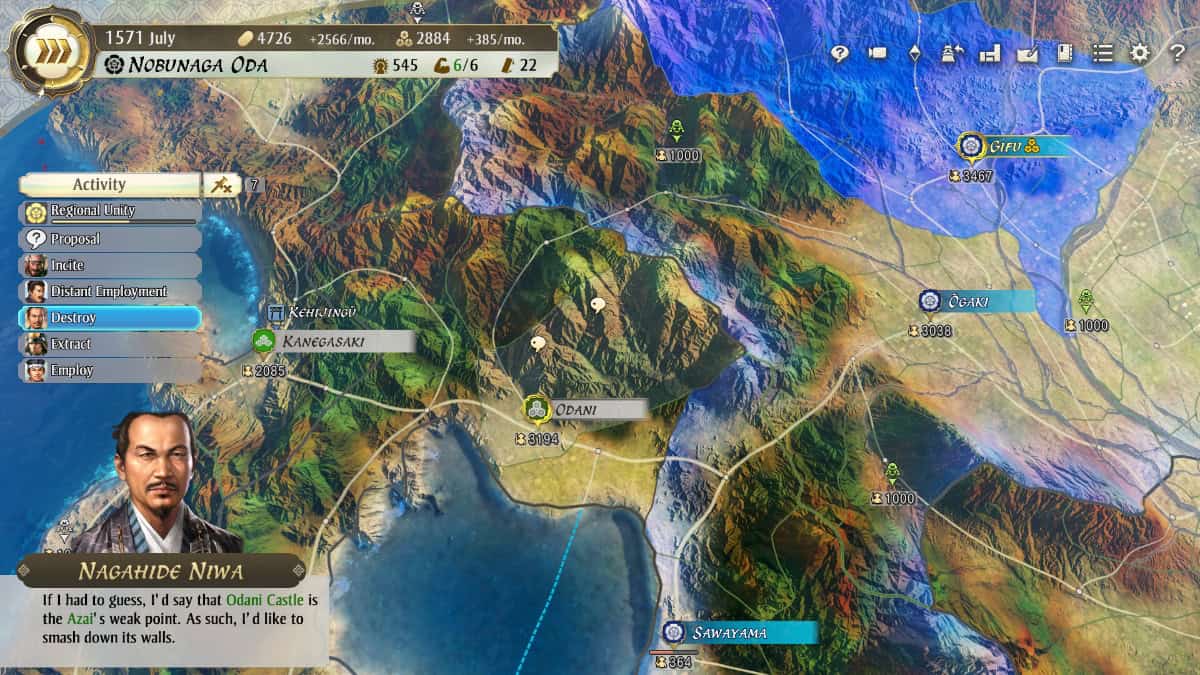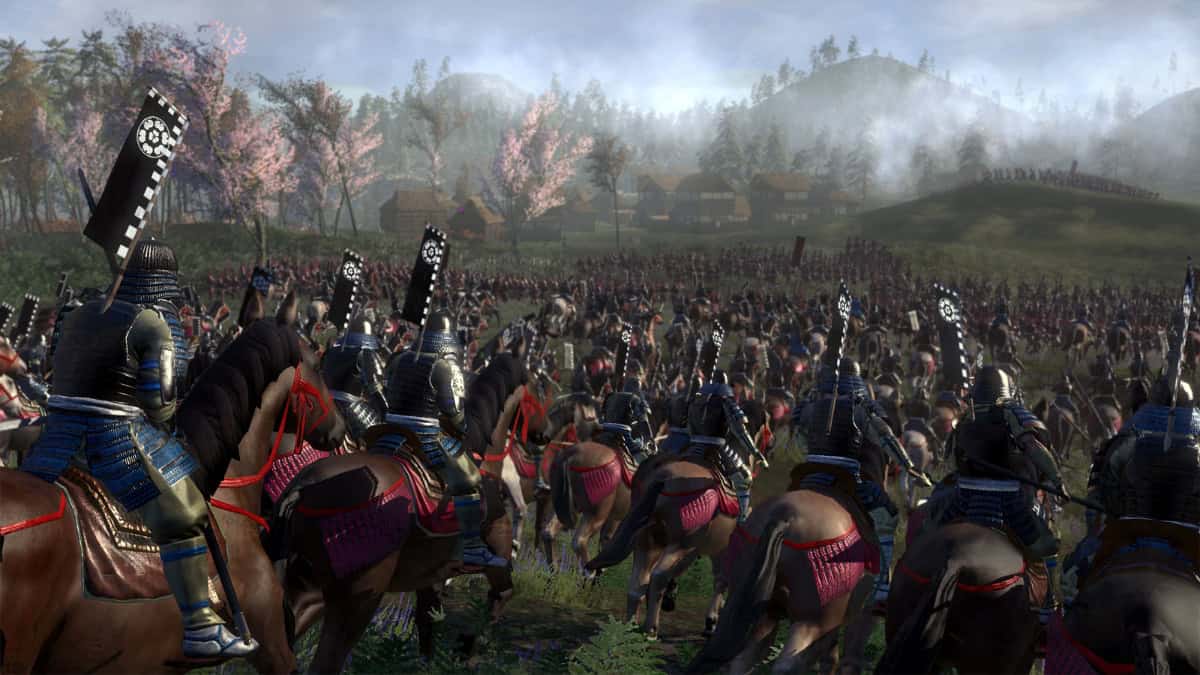Skip To...
John Blackthorne’s swashbuckling adventures in ‘The Japans’ might be over, but I know your Samurai fixation has only just begun thanks to Shogun. Sadly, there aren’t many TV shows featuring samurai in their full glory. So I must turn your attention to video games. Right now, the following 10 best samurai games come to mind when capturing the very essence of the samurai concerning some semblance of historical accuracy. You ought to play these after you finish watching Shogun and in celebration of the Ghost of Tsushima PC release.
Ghost of Tsushima
It’s an automatic inclusion at this point and almost synonymous with “samurai” in video games. Ghost of Tsushima is by far the biggest samurai game to date. Now, it’s even bigger thanks to the belated Ghost of Tsushima PC release on May 16, 2024.
It also showcases relatively decent adherence to history (at least for the premise). Ghost of Tsushima takes place during the Mongol incursions in Japan back in 1274.
That’s the extent of its historical accuracy. Everything else is fictional, including Jin Sakai, the main character. You’ll be controlling him while he fends off the Mongol invaders by disobeying the Bushido or the samurai code of honor and fighting dirty (basically a ninja). If you prefer your samurai action to be more historically grounded yet cinematically romanticized, Ghost of Tsushima is the obvious choice.
For Honor
Okay, I did leave a bit of room for a bit of historical liberty. If you’re a history buff, however, you’ll probably be pulling your hairs out after witnessing this one. It’s set in a fictional world where samurai, Vikings, and medieval knights’ territories somehow shifted tectonically, and now all three warrior cultures are neighbors.
They also have to fight to determine who makes the best swords. If you’re after just pure action with some observance of samurai fighting styles, For Honor should sate that thirst for the blade. Each faction has several warrior classes and the gameplay is mostly a multiplayer siege fest where you have to capture the enemy base, slashing other hapless players along the way.
Rise of the Ronin
Yet another PlayStation exclusive like Ghost of Tsushima, Rise of the Ronin is the latest among the niche of samurai games. It was released just this March and features gameplay similar to Ghost of Tsushima. Here, you control a samurai in third person while meditatively slicing others with a katana.
Like Ghost of Tsushima, Rise of the Ronin is also based on historical events. The game is set during the 1860s or the Bakumatsu period when the shogunate slowly began allowing invasive Westerners to enter Japan. This prompted a samurai rebellion. If anything, Rise of the Ronin gives more respect to its historical source material but is still one of the cool games like Ghost of Tsushima.
Trek to Yomi
The beauty of seeing two samurai fighting is that it always looks elegant no matter which limb gets freed from the torso. Trek to Yomi cranks up that katana-core aesthetic with its side-scroller samurai slicer reminiscent of the Stickman games. You can even consider it a more sophisticated version of Stickman.
Its main draw is the artistic style, with backgrounds that look too pretty to stain with blood. The only issue is that it’s short and only takes around four hours to complete. However, if you’re aching for a lovely samurai-themed wallpaper or screenshot for your PC, then Trek to Yomi has a lot in store for you.
Like a Dragon: Ishin!
Like a Dragon: Ishin! is a spinoff of the highly popular and extremely wacky Yakuza series, but it takes place in the past. The game is set during the Bakumatsu era (1860s). That’s the era when foreign invasiveness sparked off a samurai rebellion. Surprisingly enough, this one has a story that’s independent of the contemporary Yakuza series.
In-game, you get to control Sakamoto Ryoma. He’s a real-life figure who became highly influential and attained legendary renown during the Bakumatsu era. It’s loosely accurate, however, but you can consider it as faithful to history as Assassin’s Creed. The events happen on the correct dates, but a lot of details in between were filled in fictionally.
Way of the Samurai 4
If you’re aching for more Bakumatsu violence, Way of the Samurai 4 yet again sets that era as its stage. It takes place after the fabled arrival of the “black ships” which threatened Japan’s isolationist culture and policies. As usual, you play as a lone samurai (or more appropriately, ronin) who gets entangled in a conflict between nationalist rebels and the pro-British shogunate.
It’s up to you to pick sides. Yes. It’s that kind of action RPG. You’re given a lot of plot freedom here compared to most other cool samurai games regarding the Bakumatsu. The game’s also not entirely strict with its adherence to history as there are lots of odd and borderline mythological things to break the gloominess and monotony.
Shadow Tactics: Blades of the Shogun
Shadow Tactics: Blades of the Shogun gives you control of a samurai, a shinobi, a monk, a thief, a sharpshooter, and a master of disguise. You have to control all of them as some kind of commando unit to help the new and budding Shogun win through espionage, sabotage, and assassination.
It’s a hardcore stealth action game and one that prizes caution and planning over charging headfirst. This one ought to be a lovely change of scenery since you get a bigger picture and more variety. It’s a great samurai game if you want to pretend like you’re Toranaga’s agent or the like.
Samurai Warriors 5
Samurai Warriors 5 is a more arcade experience reminiscent of Dynasty Warriors. If you’re unfamiliar with that kind of game, you essentially control a cool, anime-esque warrior to fight off hordes of cannon-fodder enemies. It’s a simple premise that works well for those who love their warriors romanticized like superheroes.
Historical accuracy is thrown out the window here in favor of action and style, but you’ll still see some true-to-life characters such as Oda Nobunaga (more on him later). And the good news is, you don’t have to play the first four or so predecessors since you’re honestly not missing much in terms of story or background.
Nobunaga’s Ambition: Awakening
Speaking of the man, the myth, the legend, Oda Nobunaga is one of the most important figureheads in the unification of Japan back in the 16th century. He was also one of the primary inspirations for Shogun which is a historical fiction interpretation of the era that Nobunaga left behind after his death.
Suffice it to say, you can treat Nobunaga’s Ambition: Awakening as some kind of chronological prequel for Shogun. It’s the story of how he unified Japan’s warring states with plenty of political machinations. Not too dissimilar to what took place in Shogun. This isn’t your typical hack-and-slash samurai game, of course. It’s a strategy title and you’ll have to channel your inner Toranaga.
Total War: Shogun 2
Alas, no bigger, grander, or more complex samurai game gives you the level of Shogun‘s war drama than Total War: Shogun 2. It’s a hybrid RTS and grand strategy game split into two gameplay aspects. You get to control armies all over the map and build up your provinces like Crusader Kings and once combat is initiated, you also get to control the pitched battle like in an RTS.
We’re talking about thousands of individual men fighting here. Akira Kurosawa would have been amazed at this kind of video game technology. This time, Total War: Shogun 2 sets the stage for feudal Japan. The end goal is to ultimately become the Shogun. That’s easier said than done since everyone else wants to be the Shogun.

